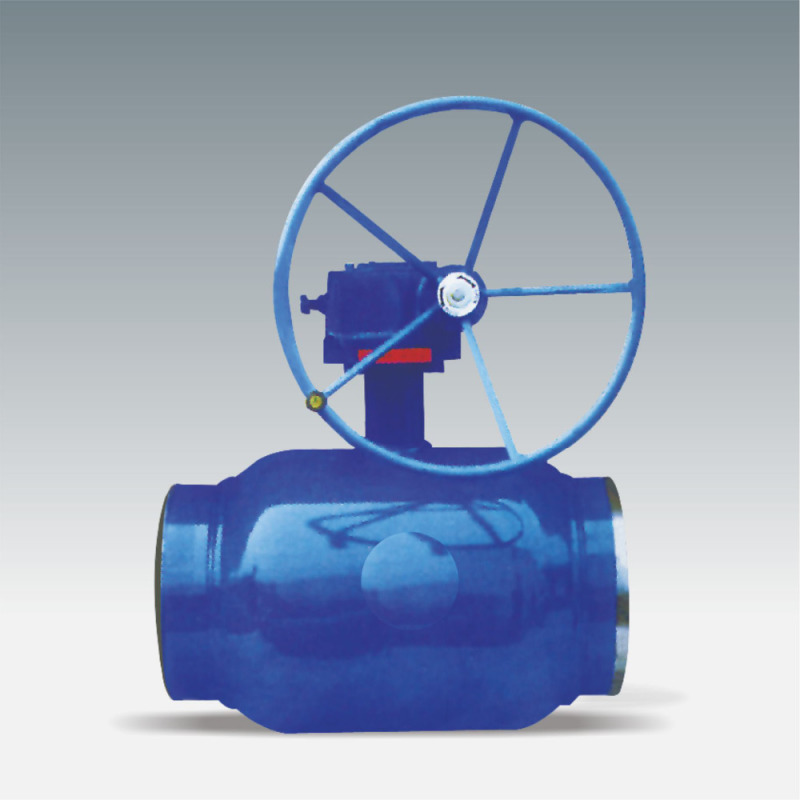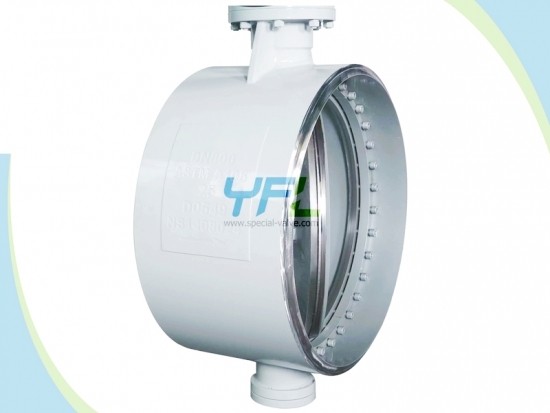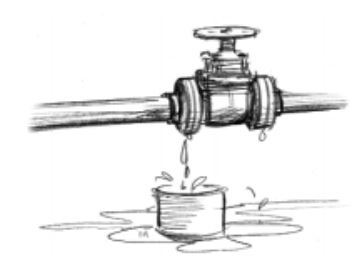Hi Janie,
I don't have experience in regards with district heating system in terms of maintenance strategy and expected lifetime (with or without maintenance).
District heating system means two basic things:
- winterizing temperature and then summer. In addition with intermittent usage (not in full capacity the whole year?) --> at some extend may help (thermal) relaxation on bolting flanges, thus creates leakage path
- the pipeline passing through communal area either beneath or above the ground. It is not desirable shall there is leakage under someones houses or even periodic maintenance performed involving crane and other heavy machinery. Hence, the district heating system maintenance strategy is predicted end of lifetime e.g. 30 years or 50 years of total replacement.
The idea of using welded ends valve is usually to minimize leakage path of the medium.
Sketch courtesy of danfoss
Imagine if the network have several heating leakage point, then it will be an energy loss.
However in every x kilometer, normally the pipeline goes into metering skid or pump station where actual maintenance is schedule every y year. IMHO for maintenance purpose it is advisable for valves in this location disassemble-able (read: with flange)
other thing, since this the pipeline located in the communal area, there is also a slight chance that valves are prone for vandalism (stolen or bolts deliberate loosening). I've seen this in some unmanned platform.
Why ball and butterfly? common practice and process related.
Regards,
MR
All valves will last for years, except the ones that were poorly manufactured; are still wrongly operated and or were wrongly selected




